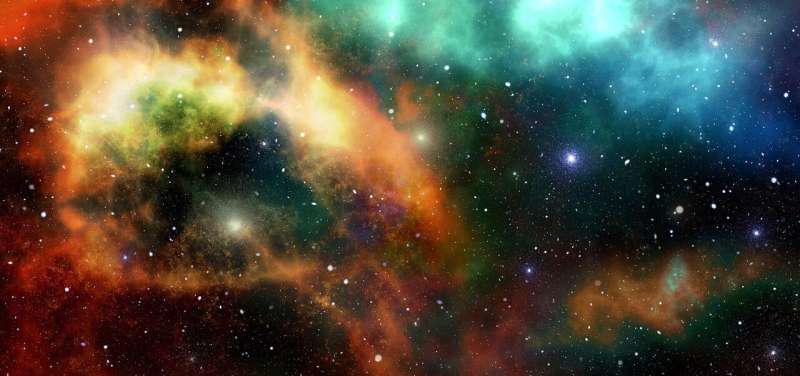Measuring stellar oscillations with Kepler

The Kepler satellite is famous for its discovery of thousands of exoplanets by continuously and meticulously measuring the brightnesses of over half-a-million stars for the signatures of transiting exoplanets. Less well known are the revolutionary consequences of its monitoring program for stellar astrophysics, in particular for the study of stellar oscillations. Our own star, the sun, has been known since the 1960's to exhibit oscillations, which are analogous to a bell's ringing, as pressure waves generated by its rotation and internal structure circulate around its surface. The oscillations can be analyzed to reveal details of a star's internal structures. Red giant stars, which are in a phase of stellar evolution after normal hydrogen burning is completed and have swelled in diameter, have been of particular interest because the oscillations in their surfaces are slower and of larger amplitude than in smaller stars, and hence easier to measure. Before the advent of space telescopes, however, even such measurements on red giants succeeded on only a few objects. The Kepler and Corot missions have since measured oscillations in thousands of red giant stars.
The Kepler mission discovered a new class of binary star that showed evidence for tidal distortions in its surface (and its light curve) as the companion passed close by, and these systems were dubbed "heartbeat" stars. The morphology of the distortions can be used to help refine details of the binary orbit even when the companion star does not pass through our line-of-sight to eclipse the primary. Some red giant stars with solar-like oscillations are also heartbeat stars, and the combination, together with velocity measurements, allows these systems to be characterized in great detail.
The star KIC-3890 is such a binary system. It contains a red giant and an M-dwarf star in a highly eccentric, 153-day orbit, and Kepler observed it nearly continuously for nearly four years. CfA astronomers Allyson Bieryla and Dave Latham were members of a team that analyzed its heartbeat and oscillations with a new set of synthetic models. They determined that the mass of the red giant is 1.04 solar-masses to within about 6 percent, and its radius is 5.8 solar-radii to within about 3.4 percent, and that the companion is an M-dwarf with a mass of 0.23 solar-masses and a radius of 0.256 solar-radii with even smaller uncertainties. Since stellar oscillations evolve as a star ages, the oscillations allowed the astronomers to constrain the age of the red giant—and hence of the system itself—to about 9 billion years, with an uncertainty of about 25 percent.
More information: James S Kuszlewicz et al. KOI-3890: a high-mass-ratio asteroseismic red giant+M-dwarf eclipsing binary undergoing heartbeat tidal interactions, Monthly Notices of the Royal Astronomical Society (2019). DOI: 10.1093/mnras/stz1185
Journal information: Monthly Notices of the Royal Astronomical Society
Provided by Harvard-Smithsonian Center for Astrophysics





















